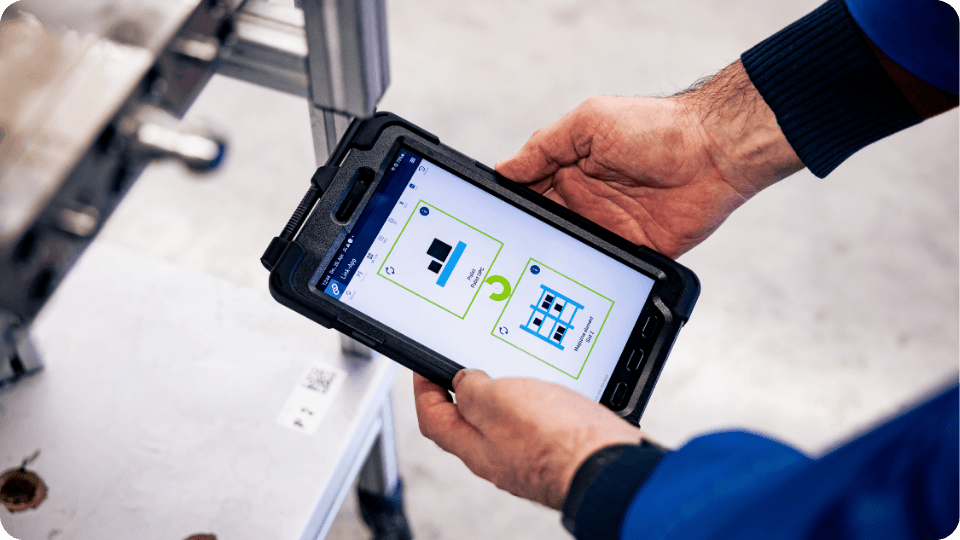Automation and digitalization

Automation is on the rise in many sectors for a reason. The increasing importance of automation lies in its ability to increase efficiency and productivity by completing tasks faster and more accurately than humans and reducing operating costs. Automation also helps to meet the challenges of labour shortages and supports companies in remaining competitive in a globalized economy.
However, automation only unfolds its full potential when it is combined with digitalization. But what is one and what is the other?
What is automation?
Automation in manufacturing means the use of technical systems, robots and machines to take over tasks that were previously performed by humans. This includes not only simple, repetitive tasks, but also complex operations that require precision and consistency. Automation aims to increase production efficiency, reduce errors and increase operational safety.
What is digitalization?
In contrast, digitalization is the integration of digital technologies into all areas of a company, enabling fundamental changes in the way it operates. In manufacturing, digitalization means the collection and use of large amounts of data to monitor, analyse and optimize processes, but also the digital recording of physical objects in the sense of an IIOT system. It is about using information in real time to make decisions, adapt processes and drive innovation.

The crucial difference
The key difference lies in their scope of application: automation replaces manual work with machines, while digitalization changes the way decisions are made and processes are designed. Automation can exist without digitalization, but its full potential is only achieved in combination with digital technologies.
Why digitalization and automation belong together
The fusion of digitalization and automation makes it possible not only to produce faster and more cost-efficiently, but also to react more intelligently and adaptively to changes. This integration leads to a manufacturing environment where machines not only perform tasks, but continuously improve these tasks based on real-time data and analytics. An automated system that is not digitally integrated into upstream and downstream processes is an island in terms of data. Apart from automated production, the advantage over a standalone machine is therefore marginal.
A recommendation for action
Companies should consider the automation of their production lines as an integral part of a comprehensive digitalization strategy. This is the only way to exploit the full potential of automation, as described above. EVOMECS offers software for automation as well as for upstream and downstream processes, thus creating a holistic and consistent approach. It is crucial to always think about change in the company from the end.
Work with us to develop your individual technical vision for your production, from which individual implementation steps can then be derived. Whether automation is at the beginning or end of your roadmap is irrelevant. The important thing is not to think about automation without digitalization.


